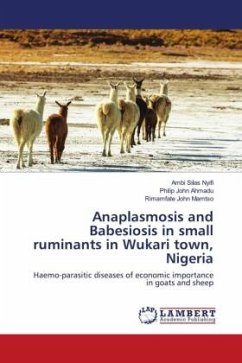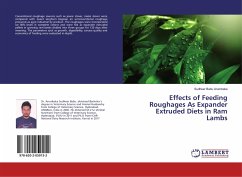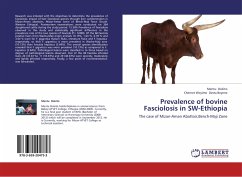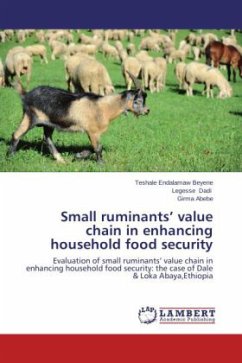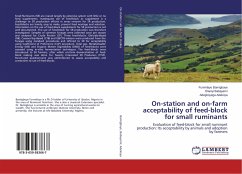Anaplasmosis and Babesiosis are tick-borne haemoparasitic diseases. Anaplasma infection was more prevalent than Babesia infection in both species of the animals examined in this study. These diseases cause huge economic losses in small ruminants, primarily due to the high morbidity and mortality in susceptible sheep and goats. The losses are measured through several factors including destruction of red blood cells, low weight gain, reduction in milk Production, abortion, the cost of treatment, and death. Risk factors such as species, sex, and age of the animals could influence the intensity of the disease. Our findings revealed a higher prevalence in goats (32%) than in sheep (10%). The mean values of PCV, Hb concentration of infected sheep were significantly (P<0.05) lower than the uninfected sheep. Similarly, the mean values of PCV and Hb concentration were significantly (p<0.05) lower in infected goats. This study has confirmed that these diseases are prevalent and cause anaemia in infected goats and sheep kept in the study area. Veterinary care through the prevention and control of ticks with acaricides and good management is recommended.
Bitte wählen Sie Ihr Anliegen aus.
Rechnungen
Retourenschein anfordern
Bestellstatus
Storno

